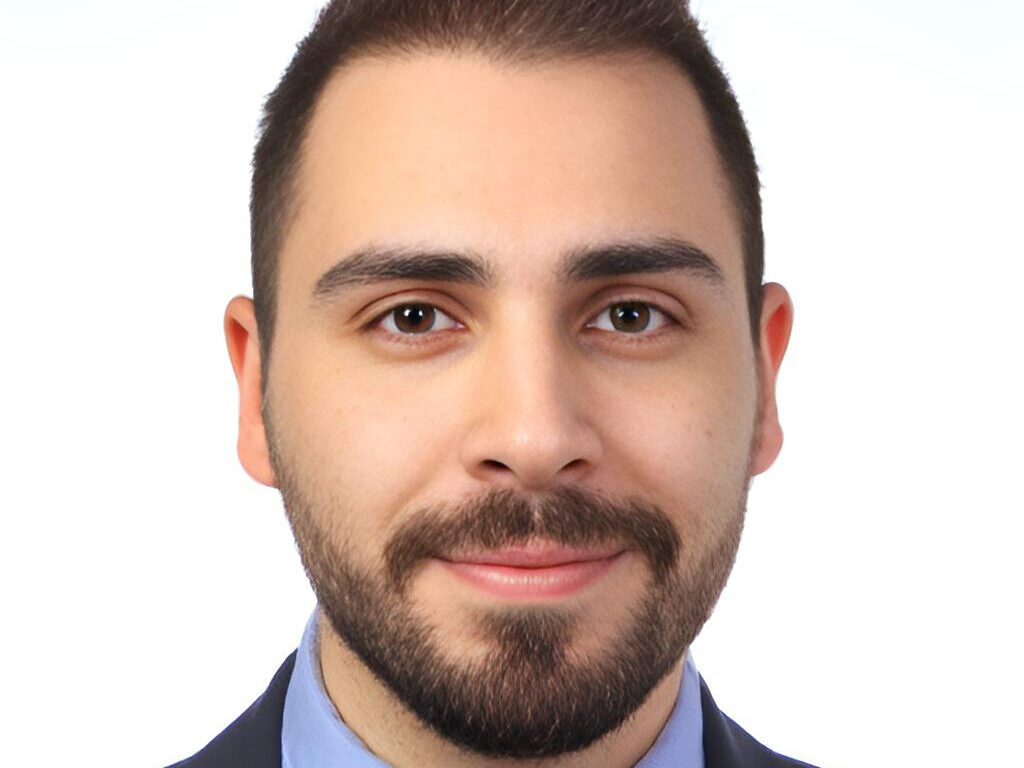We aimed to examine the rates of subsequent therapies administered after a disease-free survival (DFS) event in both control and experimental arms, respectively, in 15 perioperative IO trials across 5 cancer types (melanoma, NSCLC, GEJ, UC, RCC).
First, rates of subsequent systemic therapy ranged from 38 to 77% in control arms, with similar or numerically lower in the experimental arms, respectively.
Subsequent IO rate after a DFS/RFS event in the control arm was as follows: · Melanoma: 30% · NSCLC: 42-50% · UC: 36-44% · RCC: 28-54% Aside from melanoma, the rates of subsequent IO in the experimental arms were lower, reflecting physician’s reluctance to IO-rechallenge.
Focusing on RCC, we showcased various scenarios following recurrence and how analyzing subsequent therapies can be complex and time-dependent: shorter follow-up periods in trials may give a misleading impression that fewer patients are receiving certain types of systemic therapy.Key takeaway is that not all relapses in trials necessitate IO or, on a broader scope, systemic therapy. This has been observed across trials and cancer types, where some pts on control arm who experience recurrence do not receive IO or even systemic therapy. Why is that?
First and foremost, patients with oligometastatic/slow progression might opt for local therapy or observation. Additional factors prevalent in real-world settings include patient and physician preferences, general health status and accessibility of treatments.
Finally, a persistent challenge was the absence of a systematic approach to present data. This issue is underscored by the fact that few trials provide detailed information on type of therapy or timing/lines of treatments, complicating interpretation of subsequent therapies and their impact on patient survival.
To address these gaps, we proposed a roadmap for standardized reporting on subsequent therapies in clinical trials, according to timing and type of therapy. We believe this would give a clearer sense of treatment sequences and facilitate the interpretation of subsequent therapies.
Huge thanks to co-authors Elizabeth Nally, Yelena Janjigian, Caroline Robert and, most importantly, to the patients and their families who drive our passion and purpose. More to come!”


